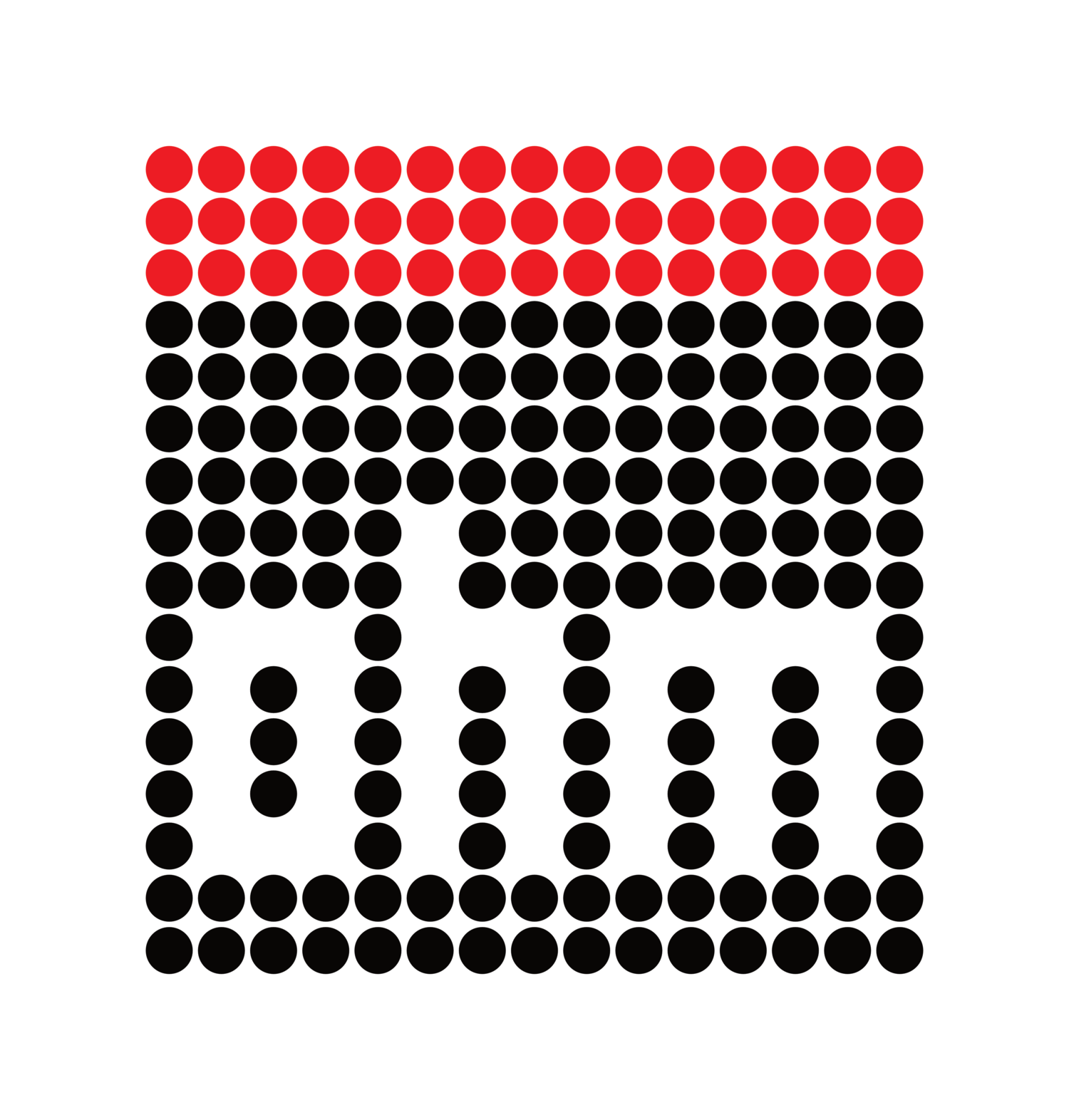Relevant links:
Minidisk VLOG - 02: Sharp MD-DS8/9
Minidisk VLOG - 01: Elegant lies
BACK TO THE FUTURE FRIDAY: PORTABLE MINIDISC
Great battery life, viper-like one-touch eject functionality, and a bevvy of sound enhancements do not a great player make. Neither does a noise floor that rivals Astell & Kern's best DAPs a good-sounding player make. Sharp's MD-DS8/9 marketing bowled over a fast-tribalising MD market, who needed motivational support for their assertions of MD's superiority. The DS8 was the first 1-Bit portable player on the market. It and its recorder brethren were also the first mass market portables which sported balanced headphone outputs. In the right hands, those things were instantly marketable, and instantly gained apologists. I tried to explain that in Fauxtaku Lounge's latest YouTube video.
I bought one the first chance I got. It had a red stripe, and some wobbly plastic. It survived long enough for me to sell it, but never to truly appreciate it. I didn't get the shivers, or faery hugs or whatever it was I was supposed to get whilst listening to its heavenly output.
And last week I put it through RMAA, only to find out why. I'm one of those that doesn't require (nor am apt to find) 100dB of stereo separation under load or not, but I've recognised that when it drops to less than 50dB I lose a lot of the edge I like in my music. The DS8 sits around 24dB, which considering the source signal of 97dB it was fed, is awful. It's also around 4 bits, where it should be 16.
But some people loved the DS8. Some swore it sounded better than anything else. Some swore it sounded better than the source file. I'm glad they felt that way. But what a load of tripe. And what tools were we in the MD world to not test Sharp's claims.
By percentages, deviation from RED BOOK 16-bit targets are as follows:
FR: +0,49dB, -2,08dB
Noise level: ~88%
Dynamic range dB (A): ~89%
THD, %: ~497x over target
IMD + Noise, %: ~36x over target
Stereo crosstalk, dB: ~24%
Whatever. Here are the MD-DS9's (same as MD-DS8) RMAA test scores.
Source: Sharp MD-DS8/9 1-bit portable Minidisk player
ADC: Lynx Studio HILO LT-TB
Computer: 2012 27" iMac
Cables: 1,5m Hosa Pro 3,5mm stereo to dual 3-pin XLR (around 8$); bespoke y-split 2,5 TRRS to dual 3-pin XLR made by Musashi Sound Technology.
Loads:
NL - no load
SM2 - Earsonics SM2
ES7 - Audio Technica ES7
DT880 - Beyerdynamic DT880/600
16-bit VOL (Full) @+0dB - all targets
16-bit summary (Full) @+0dB - NL
End words
Good looks, good battery, balanced headphones, and low amp noise a good-sounding MD player do not make.





